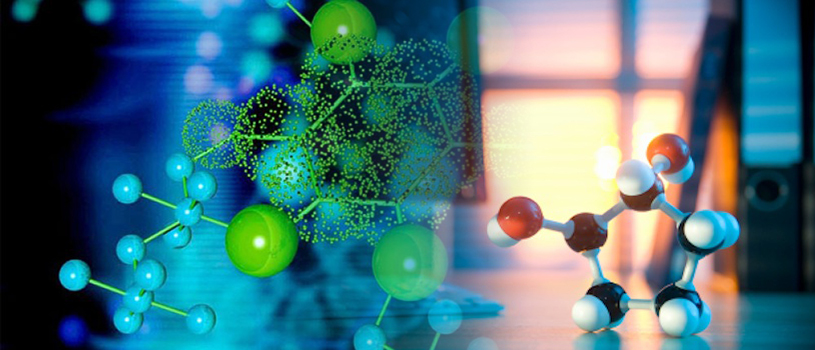
A team from Australia have found a "quantum hack" - a way to modify qubit surface codes, improving quantum error correction by up to four hundred per cent.

When future computing historians look back on the era starting around 2017, they’ll have a word to describe it: the NISQ era.

Researchers in Tokyo accidentally discovered a self-healing material.

Australian and Dutch engineers created a complete design for a quantum computer chip that can be manufactured using mostly standard industry processes.

By forcing light to go through a smaller gap than ever before, researchers have paved the way for computers based on light instead of electronics.

Researchers have built the most sophisticated quantum computer yet, signaling progress toward a powerful new way of processing information.

Jasmin network supercomputer storage expands to 20PB of Panasas scale-out NAS, which has helped to cut analysis times for environmental data from days to hours.

Researchers say they have constructed an AI program that can teach itself to play the ancient strategy game at a level far beyond humans.

Researchers at Australia university were able to store light waves as sound waves on a microchip, which could bring us closer to light-based computers.

Australian researchers have designed a new type of qubit - the building block of quantum computers - that they say will finally make it possible to manufacture a true, large-scale quantum computer.

The results are preliminary, but “confirm the feasibility of a seawater quantum channel, representing the first step towards underwater quantum communication.

For the year-long experiment, astronauts will install the computer inside a rack in the Destiny module of the space station.

Physicists create optical 'wells' for a super-photon for the first time.

Our relationship with computation will be much more intimate as we enter the age of wearables.

Researchers have developed much more advanced RNA biocomputers that can handle more computations and complex logic. Ribocomputing is coming of age.